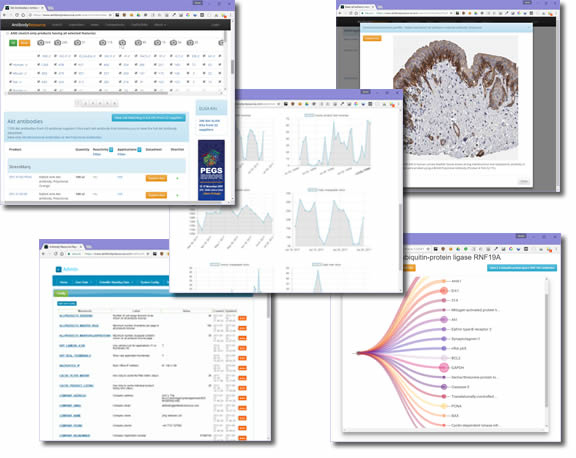Case study: Dynamic web site design and build
In 2011, Objenix was approached by a Cambridge start-up wishing to build a bespoke web-based platform for aggregating antibody products from major suppliers.
We offered a clearly phased development approach that minimised project risk to both parties and proceeded to work with the client to create system requirements and high level designs, user experience mockups and an architectural prototype.
With the high level design accepted we undertook full implementation including database modelling, design and coding of the user-facing pages, back-end content administration system and deployment to a dedicated high performance web server.
The system (AntibodyResource.com) was deployed on time and within budget; it has become a leading provider of antibody product information. Objenix continues to support the system with routine maintenance and feature enhancements as required.

Case study: Development blueprint
Objenix was approached in 2016 by a company in South Africa needing help to formulate a software development strategy for a radical new software platform supporting community-based delivery of pre-paid utility services.
We organised a series of fact-finding Skype sessions to work through the project goals and constraints and then structured a project plan based around the Unified Process. Over several months, we iteratively elaborated the document with use case analyses, formal requirements, risk assesments and early user experience, system architecture and high level UML designs.
Frequent Skype meetings allowed the client to validate and refine the different aspects of the design in manageable sessions rather than being presented with one onerous review task at the end.
The final deliverable was a system design document that could be taken to local software development companies; the structure of the document included skeleton sections that would inform the approach to subsequent implementation activities.
